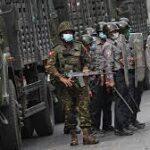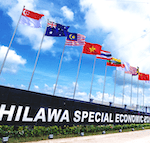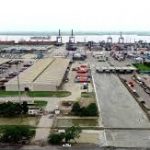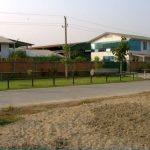Myanmar
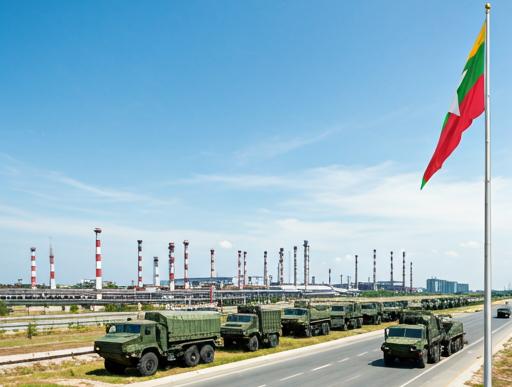
The Rise and Fall of Myanmar Industrial Promise
Myanmar once held significant promise as a rising industrial hub in Southeast Asia, with the Thilawa Special Economic Zone (SEZ) symbolizing its economic potential. Backed by Japanese investment, Thilawa was Myanmar’s first major SEZ, attracting manufacturers in textiles, automotive parts, and electronics. Its strategic location near Yangon and business-friendly regulations made it a beacon for foreign investors looking to tap into Myanmar’s low-cost labor market and access regional trade routes.
Beyond Thilawa, Myanmar’s industrial growth extended to sectors such as agribusiness, construction materials, and energy, with infrastructure projects poised to modernize the country. Foreign direct investment surged after democratic reforms in the early 2010s, and Myanmar seemed set for long-term industrialization. However, this progress was brutally derailed by the military coup in February 2021.
The coup and subsequent military rule led to economic collapse, widespread human rights abuses, and a mass exodus of businesses. Sanctions imposed by the U.S., EU, and other nations crippled Myanmar’s ability to trade, while domestic instability made operations untenable. Foreign investors fled Thilawa, halting projects and leaving factories idle. Currency devaluation, inflation, and energy shortages further eroded industrial viability.

